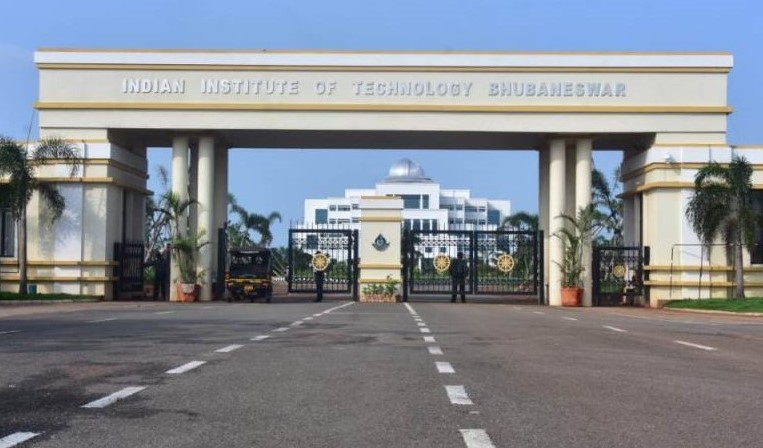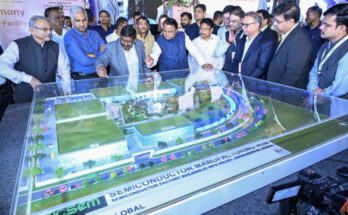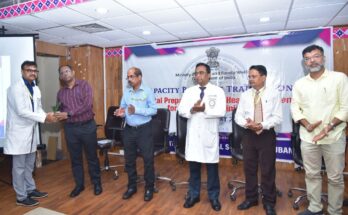The Samikhsya Bureau
BHUBANESWAR: Use of mask and adequate ventilation are the key factors to curb COVID-19 spread in indoor environment, reveals a study conducted by the IIT, Bhubaneswar.
The second wave of COVID 19 in India and other countries is a matter of serious concern. With the resumption of techno-economical activities, the economy is trying to recover. Post the confirmation of vaccines’ efficacy from clinical trials, the vaccination drive is on surge in many countries. This has imparted a positive hope; however, the concern is not entirely eliminated, the study observes.
A recent study conducted at IIT Bhubaneswar explored aerosol droplets’ reach and leakage from various protective measures like face masks and shields during “Breathing”.
The study has been conducted by Dr. Venugopal Arumuru, Assistant Professor, School of Mechanical Science (SMS), and his team at IIT Bhubaneswar.
The breathing patterns simulated in the study imitated typical breathing frequencies that include breathing while standing at rest and also slightly longer breaths of healthy adults involved in a moderate activity like walking.
The study highlights that the smaller droplets (diameter < 10µm), expelled during breathing, can travel up to 4 ft in 5 sec. The study strongly recommends not to use a surgical mask during normal conversations. Surgical mask and face shield combinations are discouraged in hospitals and other places where strict social distancing guidelines are difficult to follow. The leakage of the droplets is noticeable in these cases.
A commercial N -95 mask completely impede the leakage of the droplets in the forward direction. However, the droplets’ leakage from the gaps between the mask and nose is observed to be significant. A five-layered mask is observed to be the most effective preservative measure with minimum leakage of the droplets.
Prof. R. V. Rajakumar, Director, IIT Bhubaneswar, congratulated the team for conducting a relevant and relatively unexplored study.
In his remarks, Prof. Raja Kumar noted, “IIT Bhubaneswar is continuously engaged in proposing and implementing technological developments to run the academics without compromising the quality during COVID-19 pandemic.
In the recent past, IIT Bhubaneswar has also contributed various technologies and research studies relevant to COVID-19. “Breathing as a source of virus transmission” is not adequately explored in the past. Our recent study is a step ahead in this direction.
Adding further, he says, “The study highlights that the commonly used protective measures like face masks and shields are unable to prevent the escape of droplets generated during breathing.
The leaked aerosol particle may contain the virus, which may trigger the airborne transmission of COVID-19 and other similar diseases. Under these circumstances, the conventional CO2 level measurement in confined space for assessing Air Quality Index may not be sufficient to regulate the airflow.
New guidelines need to be formulated for deciding air circulation rate in confined space considering the leakage of the aerosol particle from protectives measures. I would like to reiterate that our researchers at IIT Bhubaneswar will continue to focus on COVID‐19 related research and development to help humanity in the ongoing fight against the pandemic.”
Dr. Venugopal Arumuru, Assistant Professor (SMS), IIT Bhubaneswar, says, “The majority of the past research focuses on understanding droplet generation and transport through Coughing and Sneezing. However, “Breathing,” the most common phenomenon, is scarcely studied as a virus transmission source, and the present study goes a step further by evaluating the risks involved with the leakage of the aerosol particle from various masks and non-practicing of social distancing.” The breathing pattern is simulated at the exit of a standard mannequin’s nose, using air and fog as tracer particles.
The peer‐reviewed article has been selected as a “Featured Article” in the American Institute of Physics (AIP) Advances Journal.




